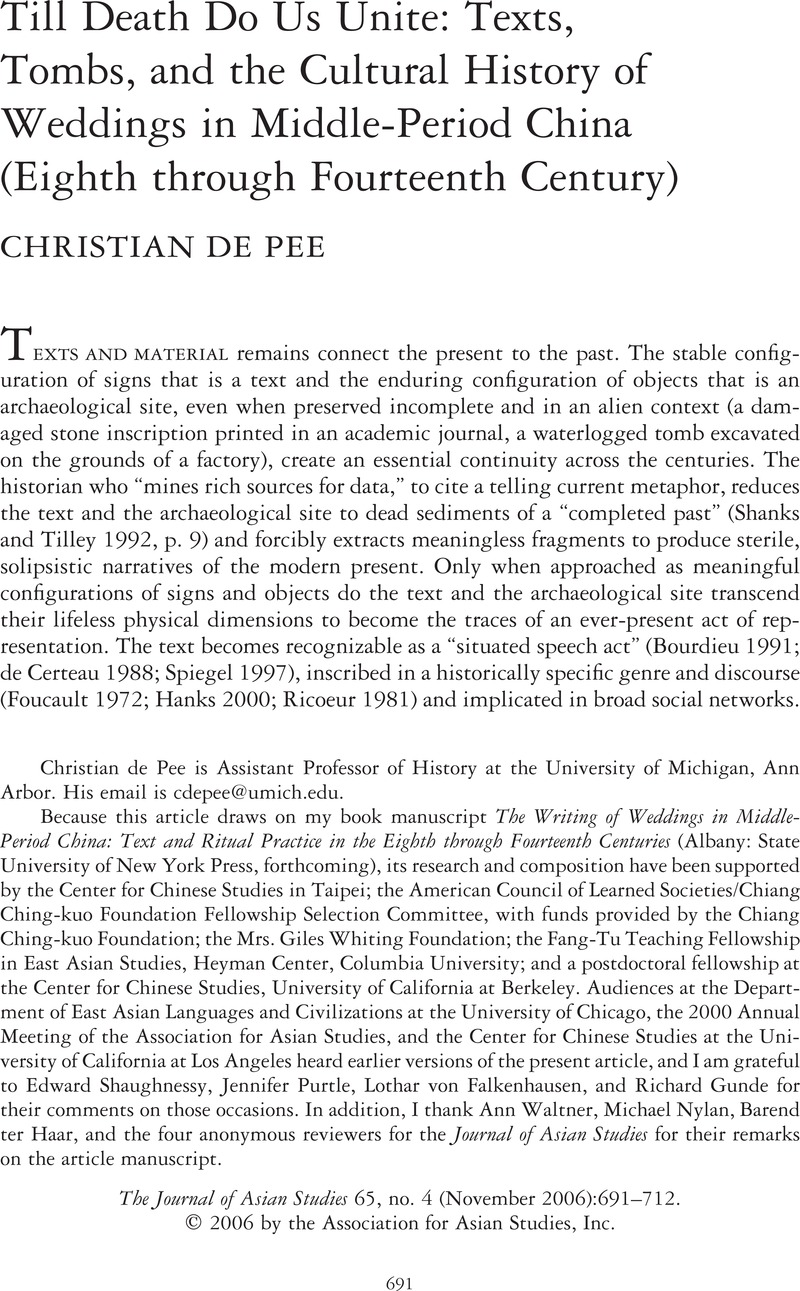Jian, Wei,
Hong, Ji and
Xingsheng, Li (Nei Menggu Wenwu Kaogu Yanjiusuo, Wulanchabu Bowuguan, and Qingshuihexian Wenwu Guanlisuo).
1997 “Nei Menggu Qingshuihexian Shantiaomao mudi” {A Graveyard at Shantiaomao, Qingshuihe County, Inner Mongolia}.
Wenwu, no. 1:20–35.
Google Scholar 